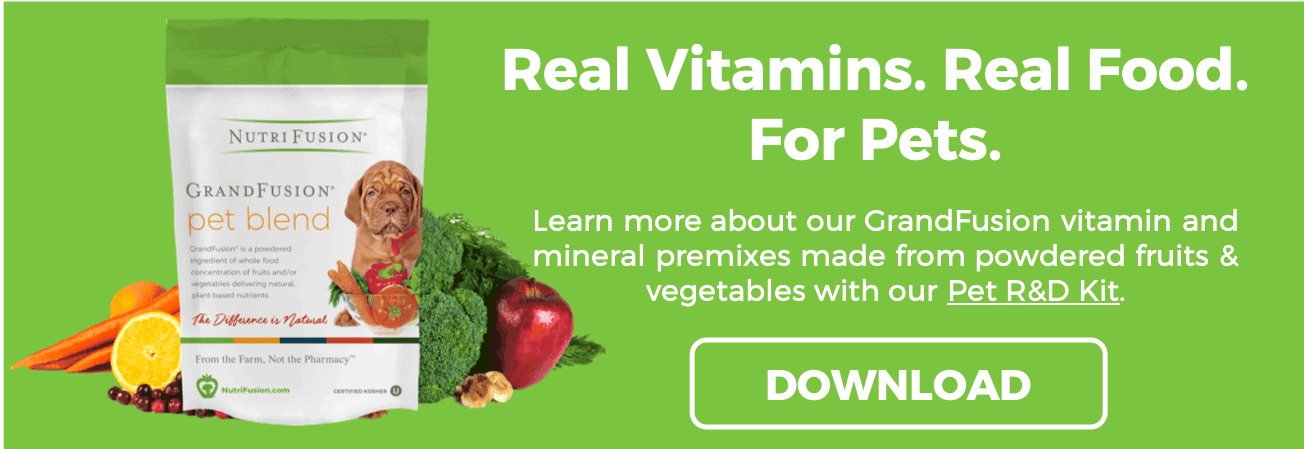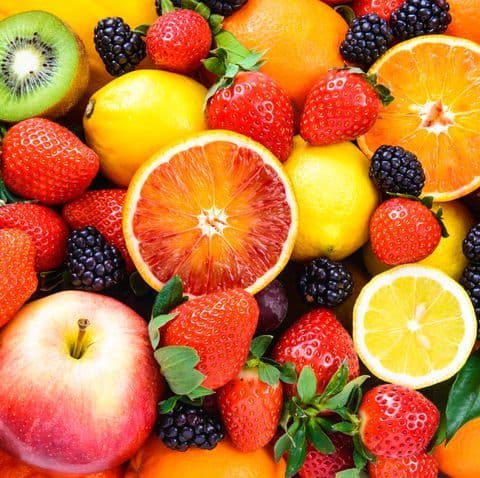Plant-Based Eating Makes Consumers Feel Healthier
A new wave of health consciousness has become ingrained within American culture. Over half of U.S. consumers have started plant-based eating as they are under the impression that it makes them healthier. A majority of consumers have also said that this change was indefinite and some were hindered from making this change because of taste preference.
This new trend has promoted a healthier America, which will have a ripple effect on the rest of the world. Plant-based eating also supports new opportunities for growth in the market for food. Research has shown that these changes are more than simple experimentation and has instead resulted in a new way of life for many consumers.
New Products Follow the Health Trend
These results are not outlandish as there is increasing support for plant-based eating. Companies are beginning to follow consumer health trends and have started to release more plant-based products. About 1/5 of Americans eat a diet consisting of predominantly plant-based foods, while 6/10 have stated that they reduced the amount of meat that they eat.
Plant-Based Eating is for Flexitarians
While in the United States more than half of all consumers are beginning to eat and drink more foods that are plant-based, that number increases to over 65% globally. In addition to this, many people are also decreasing the amount of meat they are eating. Over half say that this change is a permanent one.
People have many reasons for their reduction or outright stopping of the consumption of animal products. Some include wanting to affect the environment positively. Others believe that a meat-free diet is much healthier, some people want to limit the amount of cholesterol they intake, and even still some people prefer the taste of meat-free products.
With each passing year, the number of vegans and vegetarians are increasing in America. A study in 2017 found that about 6% of Americans reported being vegan, while in 2014, that number was only 1%. Again, many people have their reasoning, but it is undeniable that there has been a shift in the way Americans eat. Many people no longer consume animal products at all, something that would be considered odd only a few years ago. However, the growth in flexitarianism and plant-based eating is growing quicker than veganism or vegetarianism because of the stigmas that come with those words.
In 2017, sales of non-meat-based foods were up to over $3 billion, while only a year ago, it was less than $1 billion.
Taste is NOT an Issue
One major concern of many consumers is the difference in taste. However, in recent years there have been many advancements to make plant-based foods much more appealing to the taste preferences of meat lovers. Shoppers are in awe at the taste of plant-based burgers and other meats which they believe to have an even better flavor than their meaty counterparts.
Even large-scale meat companies are beginning to buy into vegan-friendly companies. Tyson Foods, as well as Dean Foods, have both since invested in small stakes in different plant-based companies. It is very probable that this trend will continue, and large-scale companies will adapt to the needs and wants of the modern consumer.
Inspired by www.fooddive.com



 Preventive Healthcare Is Another Driving Force
Preventive Healthcare Is Another Driving Force
